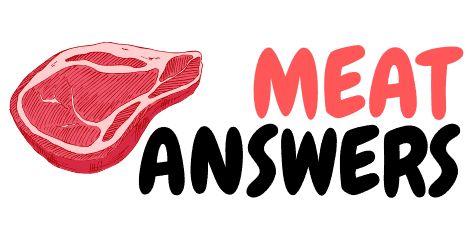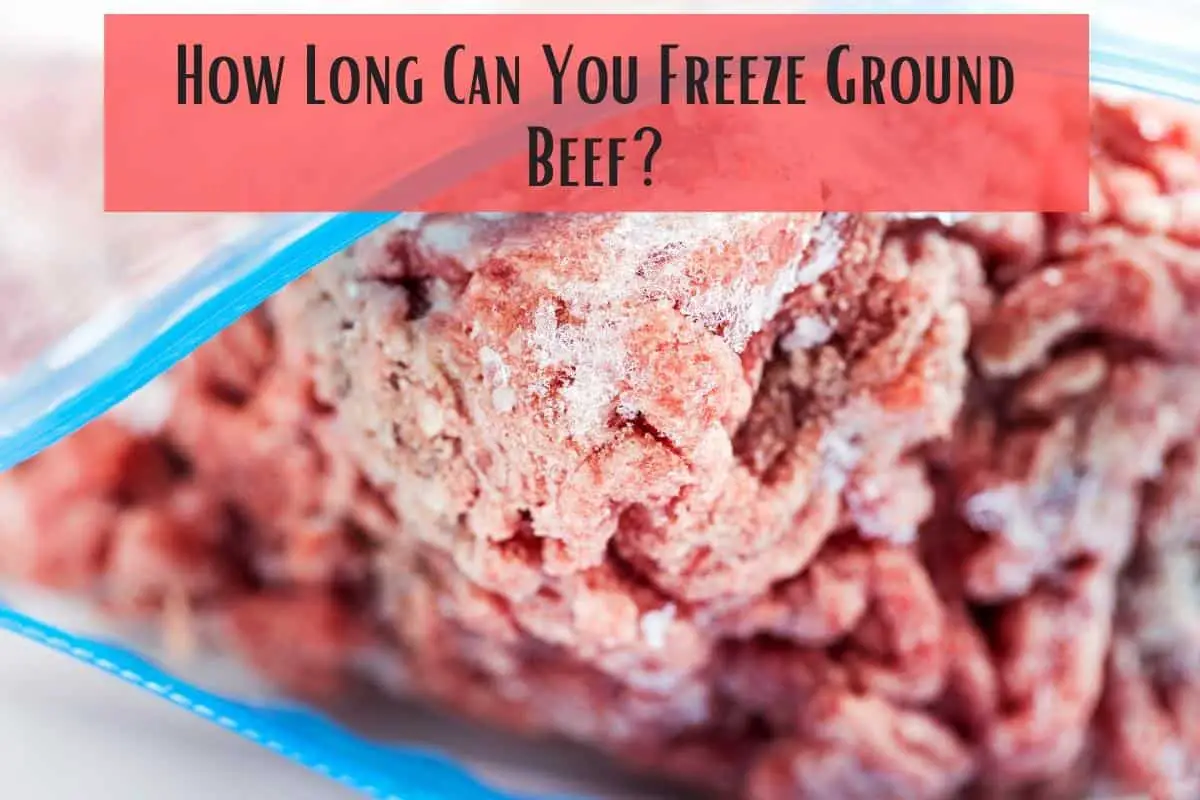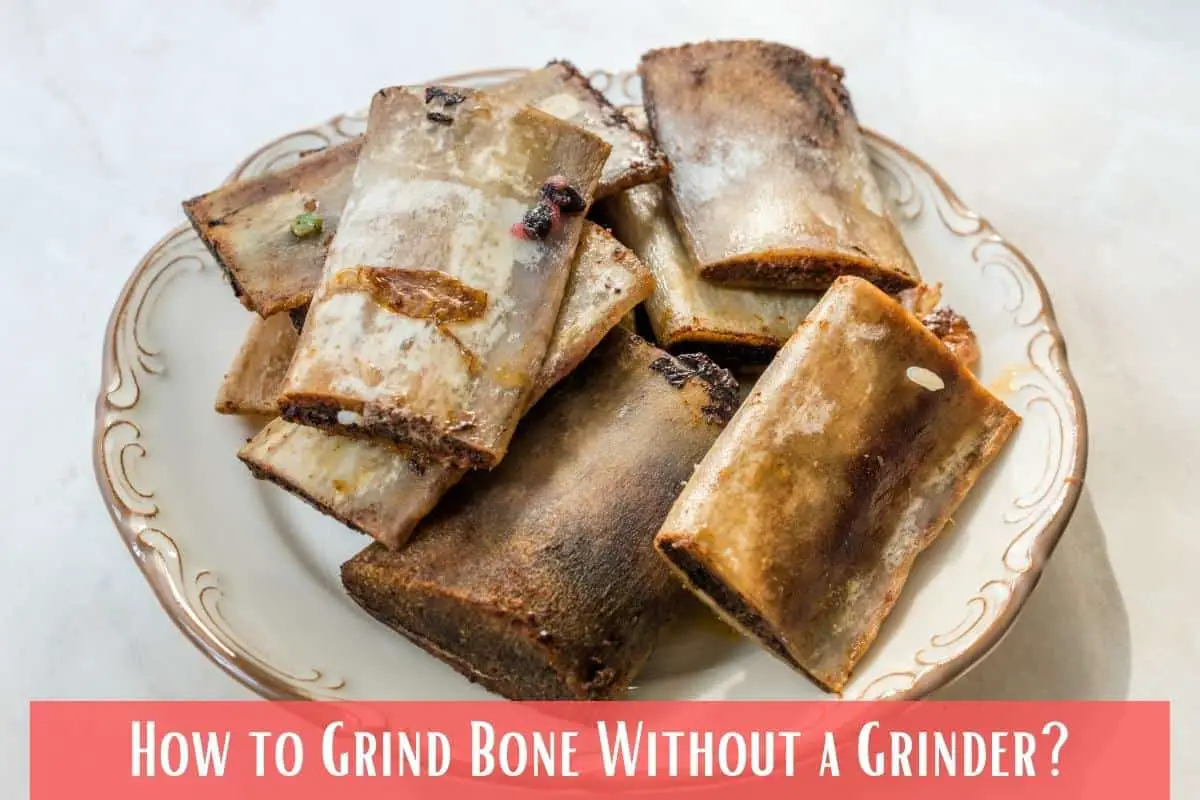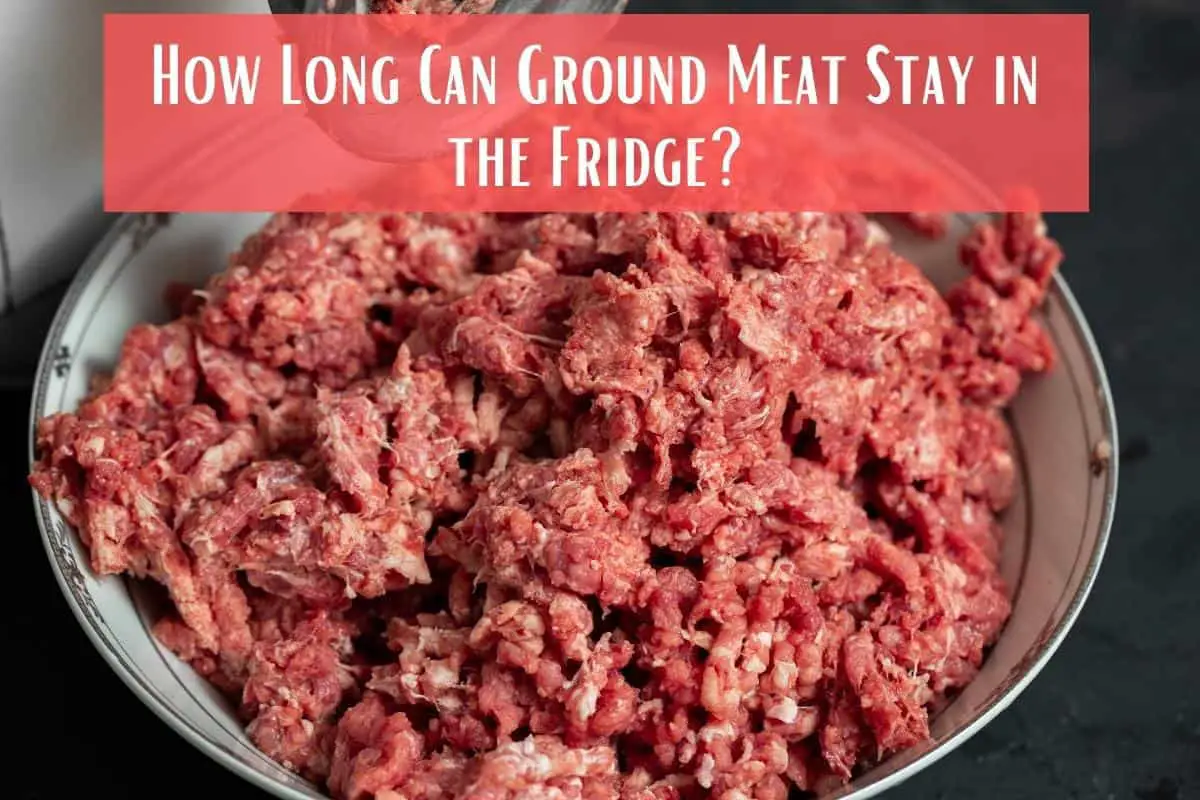Hamburgers — those tantalizing disc-shaped patties that are hard to resist!
Even though readymade hamburgers are easily available at your local grocery store or butcher shop, grinding your own meat with a meat grinder at home transforms your traditional ho-hum burgers into something special and next level.
Speaking of grinding, burger aficionados often wonder what size grinder plate for hamburger should be used.

Well, the answer can be a bit tricky, owing to the myriad different size grinding plates available.
The best size grinder plate for hamburgers depends on the quality and tenderness of the meat. Tender meat warrants a coarse cut, whereas tough meat requires a medium cut.
Table of Contents
Which is the Best Meat Grinder Blade for Hamburger?
When on the shopping trail for the best grinder blade for hamburgers, you will be spoilt for choice, given the plethora of options available.
But the Food Service Knives #32 Meat Grinder Plate (1/8 in.) scores high in this segment, and here’s why!
For starters, the Food Service Knives #32 Meat Grinder Plate fits any size #32 meat grinder such as the Lem Big Bite #32 meat grinder.
Further, this grinding plate is precision machined, and tempered for hardness in the USA, so you can rest assured it will serve you well for many years to come.
The Food Service Knives size #32 meat grinder plate features 3-1/4″ size grinding holes, which is exactly the size you need to craft professional grade hamburgers at home.
It is compatible with both electric and manual meat grinders, and comes with a reversible single notch for increased efficiency of your grinder.
What is a Good Meat to Grind for Hamburgers?
While there is a plethora of different types of meat and cuts available to make your own burgers, the best hamburgers have three factors in common — texture, flavor and fat.
Beef is the most common type of meat to make burgers, and can be had in an assortment of cuts, most notably:
Chuck steak – this commonly used cut of beef is marbled throughout, and offers a well-balanced flavor, with a great lean-to-fat ratio. Chuck steak is in most cases the primary cut used in burger blends, and supplemented a couple other cuts of meat.
Sirloin or tri-tip – this relatively lean cut of beef is infused with flavor, but has a lower fat content, hence should be supplemented with another higher fat content cut of meat such as brisket or chuck.
Round – this cut of meat is extremely cheap and lean, and is great for making your burgers leaner.
Brisket – brisket showcases a high fat content and beefy flavor, and is an ideal choice for adding to burger blends to create rich hamburgers.
Boneless short rib – if you’re looking to craft incredibly moist burgers, adding short rib to your burger blend is an excellent choice, owing to its rich flavor and high fat content.
Skirt and hanger steak (plate) – for making fancy burgers, and burger patties with a tart and tangy flavor, plate cuts of beef work well.
Apart from beef, there are several different types of meat you can use to make hamburgers including chicken, pork, turkey, or you can step it up a few notches with exotic meats such as venison.
Turkey – both ground beef and turkey provide protein, fat, and several different vitamins and minerals. Turkey however contains lower saturated fat content than beef.
Therefore, turkey is a preferred choice for heart health, and you can even buy fat-free turkey if your keen on losing weight.
Chicken – ground chicken is truly a jack of all trades, and works wonders in any recipe including burgers.
If you’d like a protein-packed lean alternative to beef or pork, chicken is lighter in taste, calories and fat.
Pork – you can use ground pork to create flavorful burgers, and is cheaper than ground beef. Further, you can even combine ground beef and pork at a 50:50 ratio to make burgers that will leave your neighbors in awe.
Pork is generally not used to make burgers, as it is harder to cook, and has a greater chance at making people sick if not thoroughly cooked.
Venison – ground venison can cost as low as $1 per pound compared to $4.50 per pound for ground beef.
With regards to which of the two meats is healthier, venison is a healthier red meat alternative, as it has 50 percent less fat than beef.
Venison meat however isn’t easily available in most grocery stores, so making deer meat burgers can be a bit challenging.
Is Ground Beef or Ground Chuck Better for Hamburgers?
Chuck is a primal cut of ground beef, that is recognized by the USDA. It is specifically the area around the shoulder and neck of the animal, which are two of the most hardworking areas during the animal’s lifetime.
Owing to the hard work, chuck meat tends to get loaded with sinew, muscle, fat and connective tissue. This gives it a higher fat percentage compared to ground beef, making it better suited for shaped foods such as hamburgers and meatballs.
Regular ground beef can be made up of several different trimmings such as inexpensive meat from the brisket and shank, and various primal cuts.
It tends to have more fat than chuck ground beef, and a bit too high to make burgers or meatballs. Using ground beef can cause your hamburgers to become loose or break apart when cooking.
In terms of taste, ground chuck is a winner due to its extra fat content, making it a great choice for burgers. This fat content also means that your burgers won’t dry out, as they would with regular ground beef.
Ground chuck is also a bit cheaper than ground beef, and is mostly the go-to-choice for making succulent burgers.
How Many Times should you Grind a Hamburger?
The number of times to grind a hamburger meat depends on personal preference, but it’s worth noting ground beef found at your grocery store is ground twice.
Before getting into the number of times you should be grinding hamburger meat, there are a couple things to take care of.
Start by cutting up the beef into roughly 1-inch cubes, and place them in the freezer to chill.
Along with the chopped-up beef, it is also important to freeze all the meat grinder equipment including the food processor bowl, blade, lid and attachment parts.
The freezing treatment for the meat allows it to hold its shape better, and keeps it firm, so that it goes through the grinder much more easily.
If you don’t chill to a slightly frozen state, the meat will mush when it goes through the grinder, resulting in something referred to as smear.
Smear gets dry and crumbly when cooked, because the fat doesn’t stay incorporated, which may cause your burgers to crack or fall apart when cooking.
Most if not all of the best meat grinder come with a 3/8ths of an inch, and 1/4-inch grinding plate.
Using beef chuck as an example, first grind all the meat through the 3/8ths-inch plate, and then regrind half of that mix through the 1/4-inch plate.
Lastly, mix both grinds together thoroughly to evenly disperse the fat, so the end result will be an even amount of fat content or close to it.
How Much Ground Beef do I Need for 12 burgers?
 Good question, and one with no straightforward answer, because it depends on the size of the burgers you wish to make.
Good question, and one with no straightforward answer, because it depends on the size of the burgers you wish to make.
Most burgers weigh a 1/4 pound each, where a pound of 80/20 raw ground beef after grilling equals to 12 ounces or three burgers.
So, to make 12 regular size cooked hamburgers, you will need four pounds of raw ground beef.
What Fat Percentage is Best for Burgers?
Believe it or not, fat is an equally important component as the meat in burgers.
While the meat offers its own distinctive flavor, the fat along with the marbling gives burgers their rich flavor, and makes them juicier.
Regardless of the type of ground beef you buy, 30 percent (70 percent lean) is the maximum fat content present.
Even though the labelling of lean-to-fat ratio has gone through several changes over the years, today it is commonly seen as XX%/XX%, where the first percentage represents the lean, and second the fat.
There are several different lean-to-fat ratios to choose from, most commonly 85% lean/ 15% fat, 80% lean/20% fat (chefs’ choice for burgers), and 75% lean/25% fat.
So, if you’re wondering what fat percentage is good for burgers, if all boils down to your taste.
If you like juicy, more flavorful burgers, a higher fat ration makes sense such as 80%/ 20%.
Higher fat content will create juicy burgers, but will also cause the burgers to be greasy. On the flipside, if you choose a lower fat percentage such as 80%/15%, your burgers will dry out faster.
While it all comes down to personal preference, if you’re cooking medium rare or medium well burgers, 80%/20% lean-to-fat ration will help retain the juices, and offer the most robust flavor.




